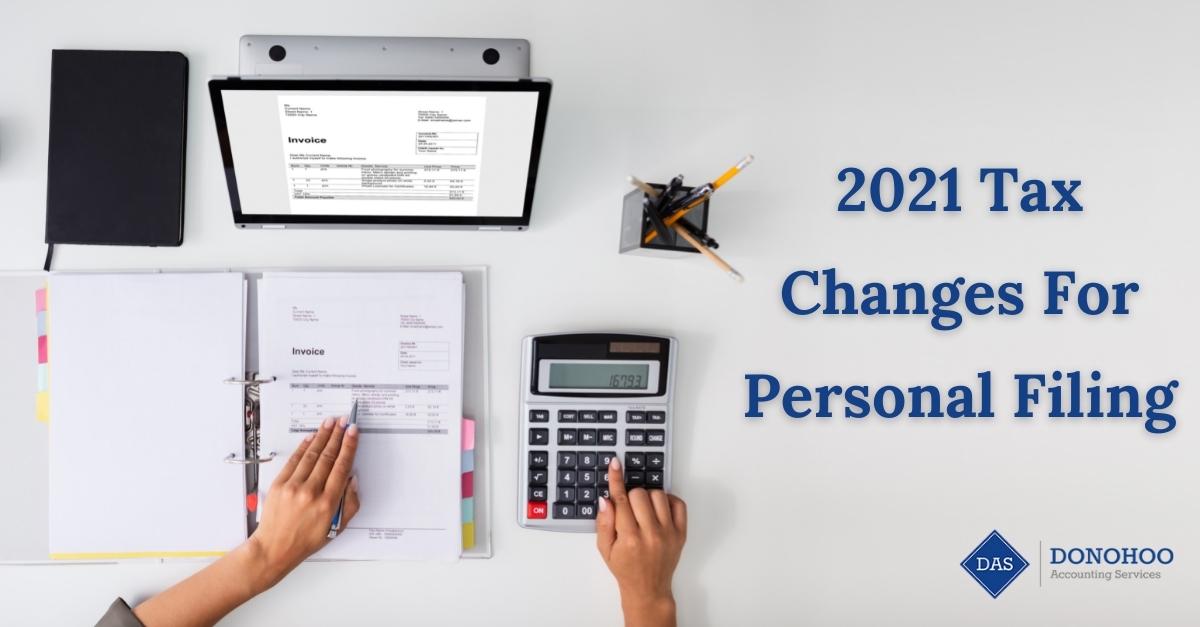Getting Started with Self-Employment Taxes
Making the decision to become self-employed is a big milestone. While this milestone can come with a lot of benefits like increased freedom, it also comes with a number of responsibilities. One of those responsibilities is paying self-employment taxes.
As an employee, you obviously still have to file your taxes every year. However, most of the work is done for you by your employer. But as someone who is self-employed, you have to do all of that work yourself. Not only do you have to keep track of what you owe the IRS, but you need to make sure those payments are made on time.
Since self-employment taxes present a steep learning curve for many new entrepreneurs and business owners, we want to touch on some of the basics that you absolutely need to know about:
Understand Your Tax Entity
One of the decisions you’ll need to make as you start down the self-employment path is how you want to structure your business. Available options include operating as a sole proprietorship, LLC, partnership, S-corporation or C-corporation. Each option has its own set of pros and cons. The type of tax entity you choose for your business will directly impact the taxes owed by it and yourself.
While it’s possible to change the type of entity for your business down the line, it’s best to take your time choosing upfront and potentially seeking professional advice so you can avoid the hassles that go along with having to change later.
Consistently Set Aside Money for Tax Payments
The standard method of paying taxes for individuals is to make estimated tax payments. These payments are made on a quarterly basis. A common and painful lesson for those new to self-employment is missing payment deadlines or not setting aside enough money to make payments on-time. Since those types of mistakes can increase what you owe and trigger additional penalties, it’s important to start setting aside money from the start.
While there are a number of ways to do this, many people find that having a dedicated savings account works best. Then you can decide on a schedule for transferring around 30% of what you make into that account.
Look for Deductions Whenever Possible
Self-employed individuals are often surprised by how much they initially owe in taxes. Although that can be frustrating, the silver lining is there are a wide range of deductions and tax credits available. The key is taking the time to learn about those deductions and then ensure you complete any necessary steps to fully qualify for them.
For additional help with self-employment taxes or other financial aspects of striking out on your own, be sure to take a look at what Donohoo Accounting Services offers.





